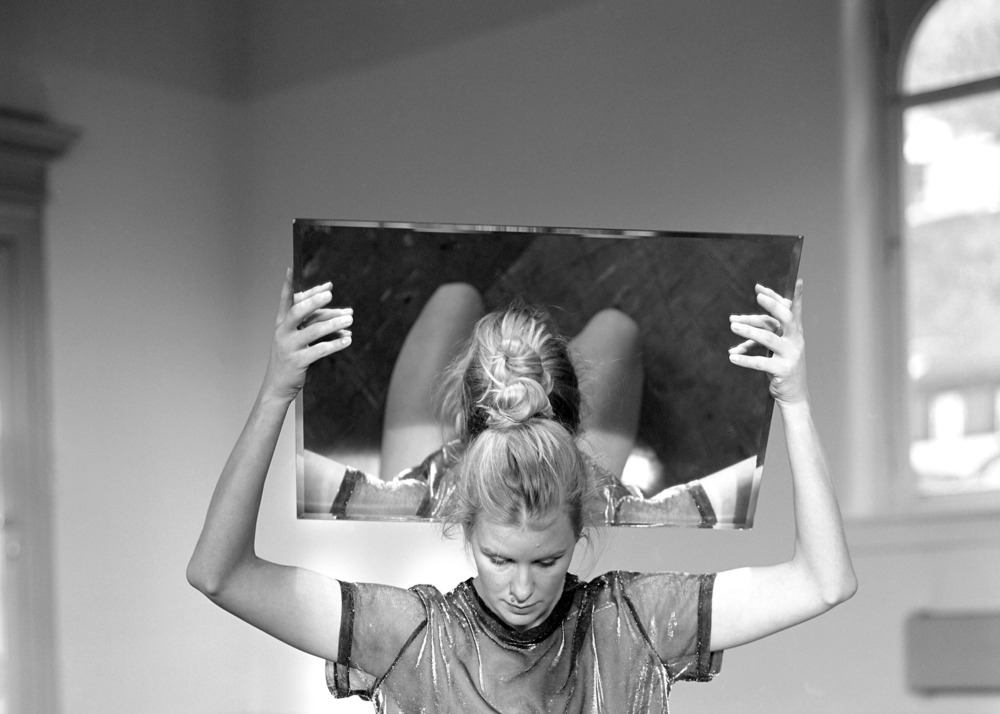
EKKO II
first performed on April 26, 2019
Kunstgarasjen Gallery in Bergen, co-produced by BIT Teatergarasjen., Bergen, Norway
performed six times in 2019
LISA COLETTE BYSHEIM
Bergen, Norway / Oslo, Norway / Hawaii, US
623606823l623606823i623606823s623606823a623606823.623606823c623606823o623606823l623606823e623606823t623606823t623606823e623606823.623606823b623606823y623606823s623606823h623606823e623606823i623606823m623606823@623606823g623606823m623606823a623606823i623606823l623606823.623606823c623606823o623606823m
lisacolettebysheim.com
Gunnar Innvær, E. Spencer Agoston, Hanna Filomen Mjåvatn, Kristina Melbø Valvik
EKKO II
LISA COLETTE BYSHEIM
“Ekko II” is presented as a structured dance solo created and performed by dancer and choreographer Lisa Colette Bysheim. The solo investigates the physical states that can be triggered through memory recall. Using the concept of live-research, I explore the forgotten details in specific memories. This searching and remembering of my past life events is the source for the movement material, sound, and spoken words which come together in real-time.
Our bodies act as an archive, the home in which we store all that is within us, a collection of past personal experiences. Memories are more than information; they are the feelings, emotions, and sensations of our life stories carried between people of all nationalities and cultures. Through our bodies we connect, contain, remember, and remake stories, creating narratives and meaning for ourselves and others. Our memories may be inaccurate, possibly even false, yet we rely on them. Through “Ekko II” I examine the forgotten details in my memory and question how this may affect my perception of the past. The memories we consider to be our own and the ones we might have borrowed from elsewhere are only fragments, which evolve, change in shape and appearance or sometimes disappear altogether.
Through the choreography I play with the body as a sound source. The sound is enhanced using microphones that capture movement, breath, and text. Sounds are repeated as an echo, amplified, and, in contrast to the physical composition of the improvisation, create reference points for the audience. The soundscape is intended as a reinforcing metaphor for the inner emotional life, as a reflection of bodily memories. The audience is encouraged to focus and listen to the interaction between body and sound to stimulate associations and trigger their own memories. “Ekko II” intends to challenge the audience to reflect on their identity and how this is linked to the body’s memory archive. It is not necessarily about something one should understand or be able to explain; it is rather about the inner journey in the memory landscape.